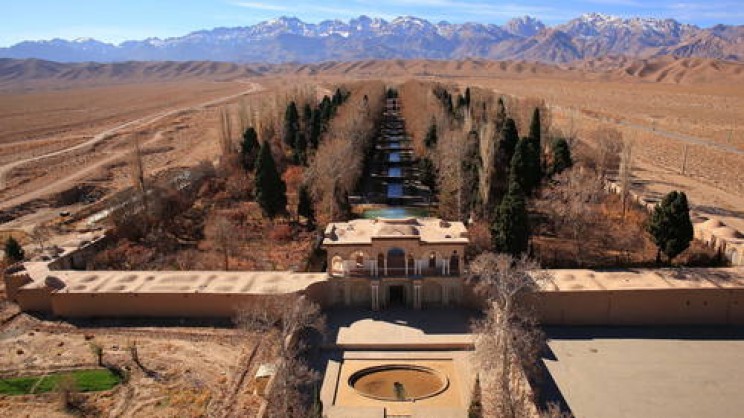Two years ago, the Persian qanats were added to Unesco’s world heritage list. They are one of the greatest engineering marvels in the world. Qanat consists of an ancient system of water which is based on underground tunnels. These tunnels are 3ooo years old but still provide the best solution to provide a reliable supply of water to many arid regions. The method of building Qanats began in the Iron Age when the builders found out that a source of water at the head of the river can be redirected to create tunnels that can carry water to far-flung areas
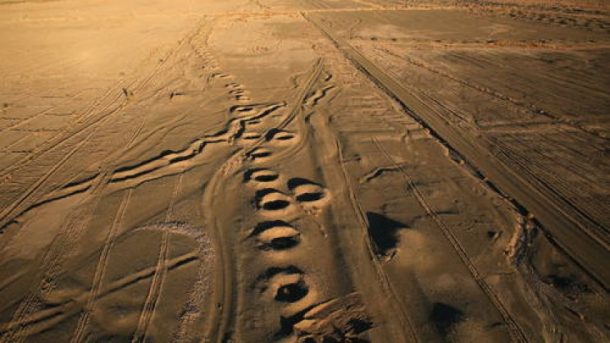
This method also opened several oasis on the ground levels. The qanats are now known as holes. They are created as air shafts to release the dust and bring oxygen to the workers who are digging the tunnels manually by hand. These can still be witnessed on the ground. Iranian filmmaker, Komeil Soheili documented the Persian qanats. He said, “The diversity of landscapes and cultures [in Iran] is something that’s not well understood by the world. One of the oldest civilizations in the world came from this amazing creation.”
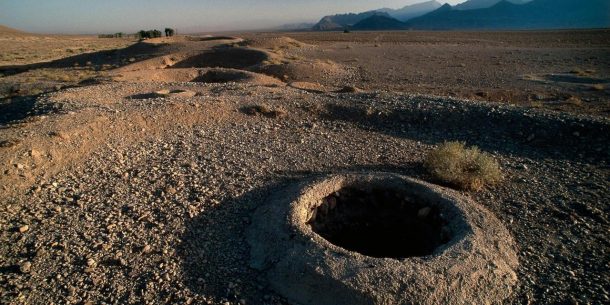
There are eleven Persian qanats which have rest area, water reservoir, and water mills. The list is small, however, the task to construct each of them was not easy at all. The construction of each qanat requires great precision and correct angles of the tunnel slopes to make sure that the water flows freely but not forcefully to aggravate the erosion and cause a collapse in the tunnel. The system still requires a lot of maintenance each year.
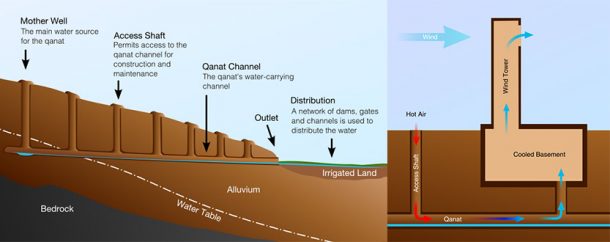
In 1960 and 1970, the administration dealt with damages caused to several qanats as a result of the breakdown of their traditionally imposed communal management system. Soheili said that the breach was due to the disappearance of communities’ reliance on the tunnels. He said, “People don’t depend on qanats anymore, as it was before.” The underground channels have become a hobby for most people as working on it doesn’t provide any financial sustenance. The historical and cultural impact cannot be denied. The irrigation tunnels were responsible for allowing the civilizations and agriculture to bloom in harsh and desert regions.
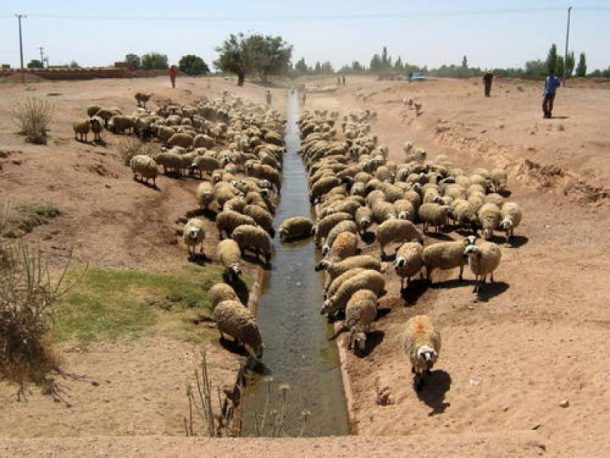
The most substantial effect can be seen in the history of the city of Persepolis which is located in the Fars province of south-west Iran. The metropolis built by the Achaemenid Persians in a dry area became one of the most vibrant cultured cities in the world which is still revered today for its unique palaces which have lavish gardens and unparalleled beauty. The qanat technology also spread to Morocco and Spain proving its ubiquitous usefulness and appeal. This is due to the fact that the system also helps to decrease the indoor temperatures and was used as an ancient method of air conditioning and refrigeration.
Pretty cool, isn’t it?
Check out this short video:

